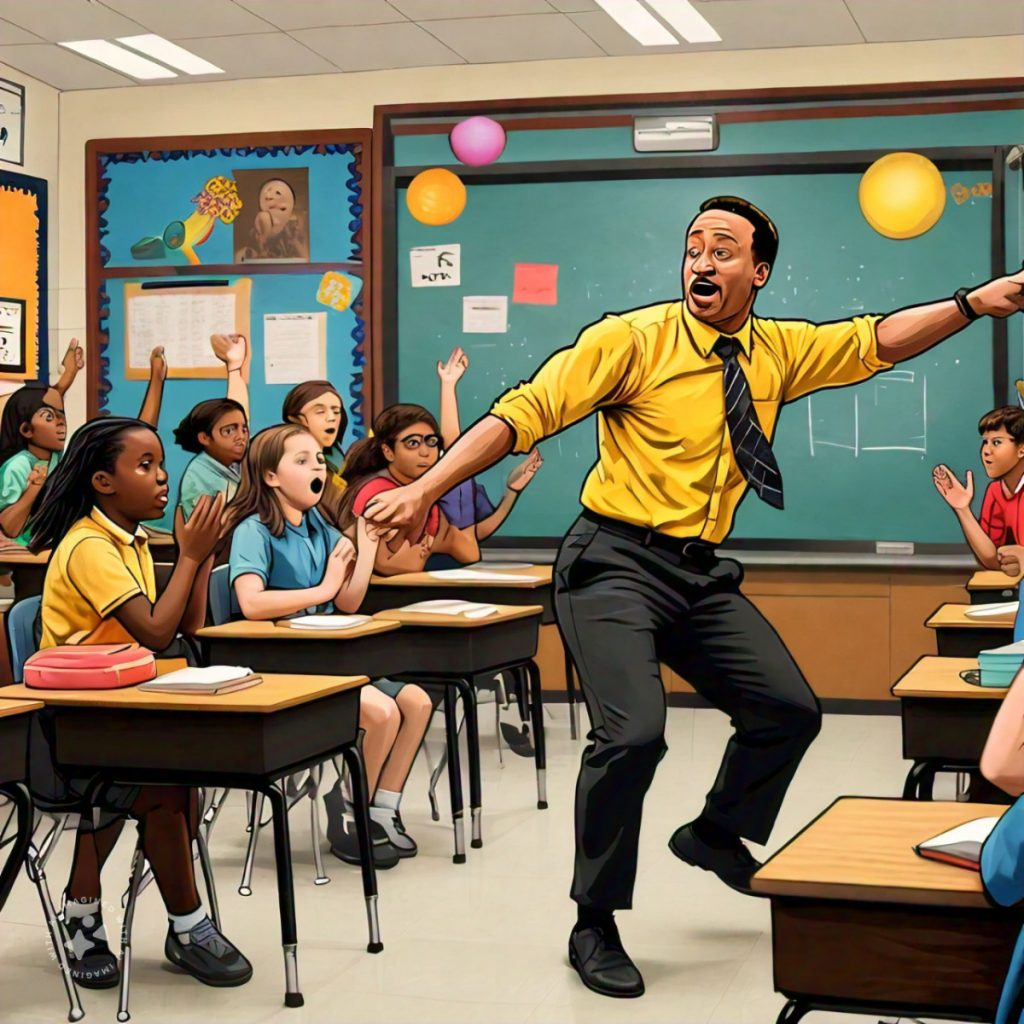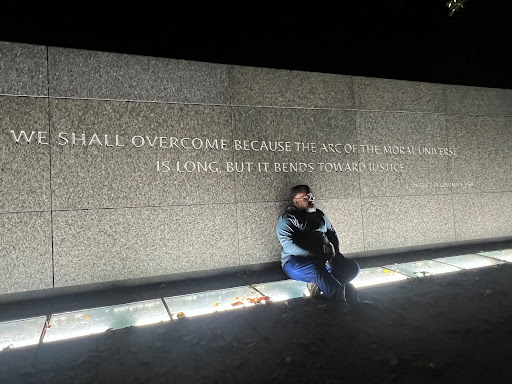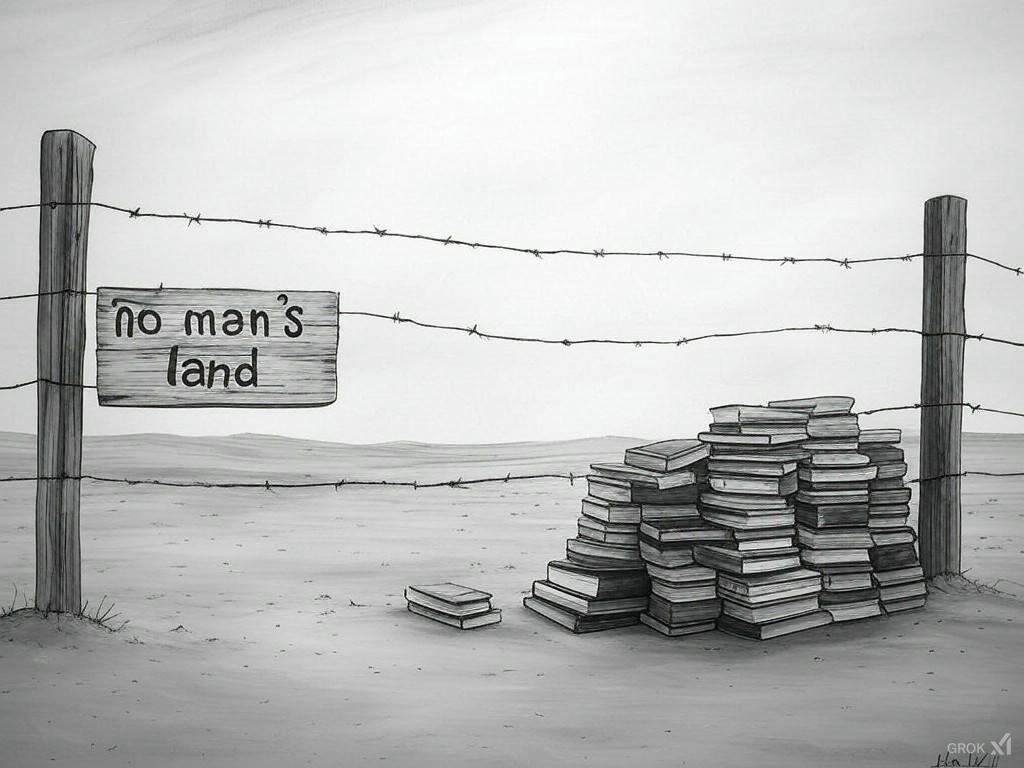Editor’s note: This is the monthly contribution from Boardhawk columnist Aaron Massey (bio at bottom of article)
Hip Hop has always had an outsized influence on youth culture in the United States – particularly though not exclusively for Black students. LL Cool J had young people wearing Kangol hats. Nelly had/might still have high schoolers wearing band-aids under their eyes with no clear sign of abrasion.
That term that the kids are using these days…you know: rizz (a particular way you carry yourself such that people are drawn to you). That was called swag and Jay-Z said it first.
Every educator can speak to the importance of being aware of the cultural influences on students. Well, I have a big announcement for you: Pulitzer Prize Winning, Grammy and Emmy Award Winning, BET and MTV Award Winning, Kendrick Lamar (K. Dot, Kung Fu Kenny) just contemporized American Hip Hop culture and that’s going to have a seismic impact on student culture in schools across America.
The culture of Hip Hop is an American melting pot of fashion, sports, politics, and yes street culture including gangs. It’s that culture that shows up in schools in ways that many educators don’t acknowledge though they still experience.
When folks were shooting dice on the street, high schoolers began shooting dice in the bathroom. The same has happened in recent years. When rappers started making vapes look cool on social media, vaping made its debut in schools (and still remains in your local schoolhouse restroom today).
And it’s not all negative influences. I’m not here to perpetuate the antiquated, “hippity hop” is causing crime’ argument. Rhythmic metaphors and similes being spit in the lunchroom is ELA. Throwing dice requires a high number sense. All this to say that Hip Hop has always influenced schools and it’s happening again with K. Dot.
Kendrick Lamar reclaimed America’s status at the top of the Hip Hop hill through top tier pettiness and a Black Cultural Moment. On the petty side, Kendrick roasted Drake to oblivion – accusing him of appropriating Black American culture for success among other things.
On the Black Cultural Moment side, he did something that will begin to take root in school culture within the next few years: Two of the biggest, most feared, and most respected gangs, the Bloods and the Crips, came together on one stage to celebrate Black American Hip Hop peacefully.
Admittedly, both the Bloods and the Crips have already had impacts in your schools irrespective of whether your school is in L.A. From how kids behave with peers and adults, to conflict and conflict resolution practices, to colors they choose to wear, to sounds, to hand signals, your school has been impacted by these two gangs.
Instead of steadily pushing a “school culture” on students who bring culture to the school building, how can the school system learn from Hip Hop right now in this Black Cultural Moment?
Before we explore that question, let’s explore an example that has happened in schools across the country and be thoughtful about the tenets of what Hip Hop did for schools. I was trying to leave it out of this article but it’s too omnipresent to ignore.
The Nae Nae.
In 2013, ‘We Are Toonz’ created a catchy song and dance that caught on fire across the country called The Nae Nae. Every single child across the country attempted/mastered this dance. So much so that they brought that culture into the classroom and even teachers started doing it.
When students saw teachers hitting the Nae Nae, they were elated. It’s a clearcut example of how Hip Hop improved schools. When teachers did the dance, students began to see them as human as opposed to disinterested adults that know nothing about them. Teachers connected with students in a way that was authentic to them. Connecting with students in authentic ways directly contributes to student engagement.
As we know, student engagement is on literally every teacher rubric in the country. What does every school I go to discuss that they need to improve in? Student engagement.
Moreover, for the little Black boy that teachers consistently give referrals to, push out of the classroom, and dissuade from participation, that one moment of seeing the teacher do something that relates to their culture is an opportunity to engage him. To help him see that you are aware of his culture or at least an aspect of his culture. Although some might see that as superficial, I see not hitting the Nae Nae as a missed opportunity.
But K. Dot did something even deeper. At the pinnacle of this beef, Kendrick unites two notorious enemies. How can teachers use that?
Here are three ways:
- Have a discussion with your middle school or high school students using the following guiding questions: Why do you think it was important to each respective gang leader to put their historical violence aside and come together? What do you consider when you are in conflict with a peer? What do you consider when you are trying to solve a conflict with a peer? What are other moments that have been significant to you that aren’t reflected in our school?
- School Culture Leaders: Reflect on what structures acknowledge the culture students are bringing into the school, how they can be integrated into the overall school culture, and how you systematize learning from cultural moments happening outside of school with your staff. (It’s not enough that one or two people can reference what’s happening outside of school. That learning needs to happen for everyone in the building. Don’t let your Grade Level Lead be the only person that doesn’t understand why students are waving their hands about while shifting their shoulders [The Nae Nae people, stay with me])
- Bring back talent shows. In fact, bring back the dance team, theater, art, fashion, etc. If you wonder why your students are not engaged, it’s because those things are vital to the culture of your students outside of school. You know what those things also are: The American melting pot of the culture of Hip Hop. They want the things they experience outside of school to be reflected in the culture of the school. When it isn’t in the systems and structures of the school, it still comes out. That’s why 9th graders are doing Tik Toks in the back of class…they didn’t have anywhere else to do it.
So unless you want to enter into a rap beef with K. Dot, let Kendrick Lamar help your school.




